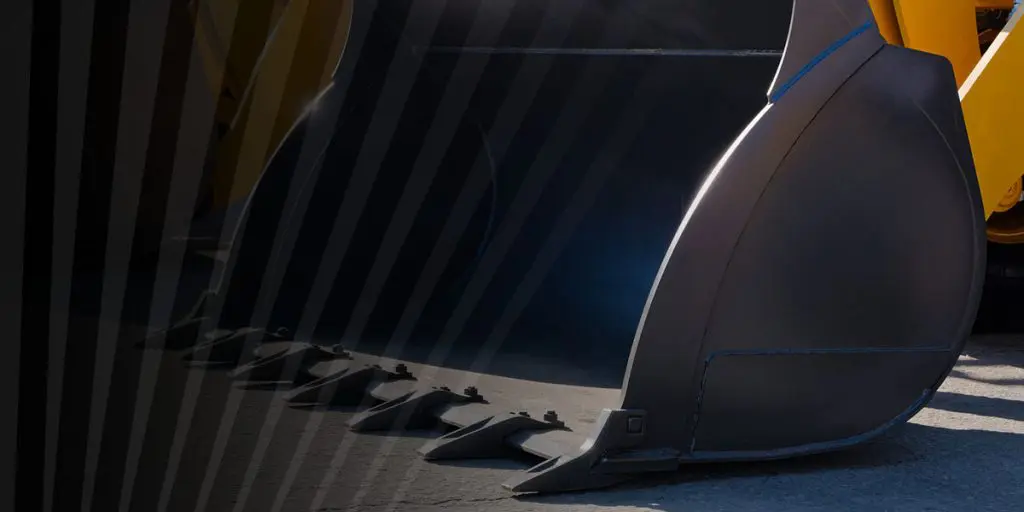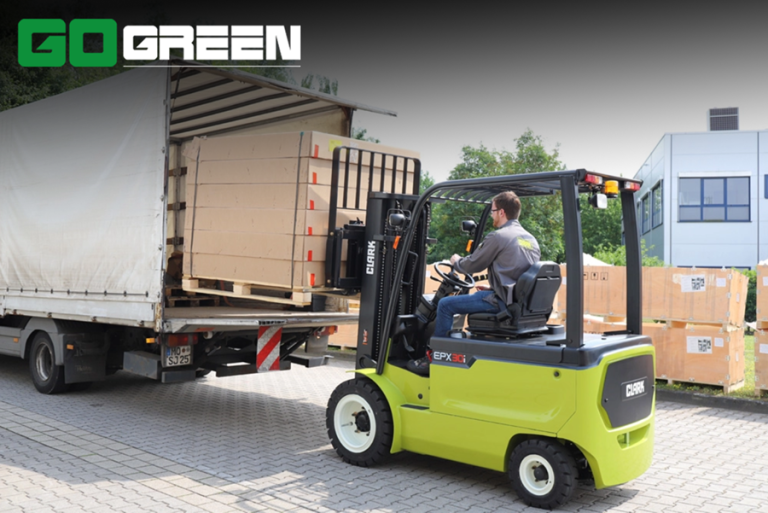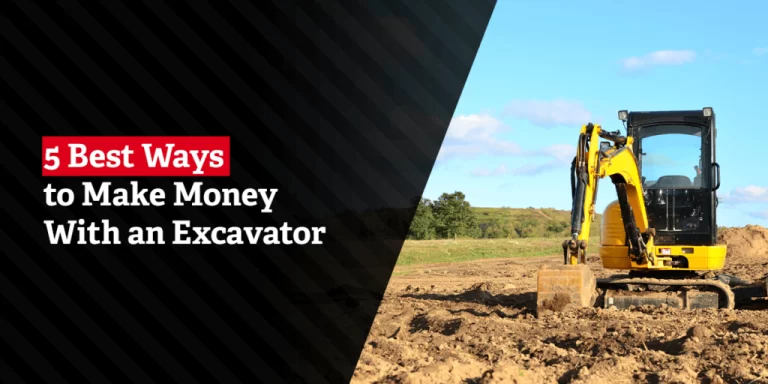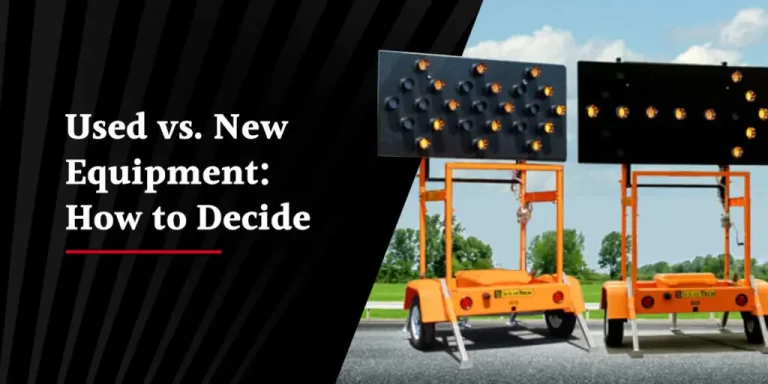Excavator attachments| OEM vs. Aftermarket Parts: How to Choose the Right Equipment
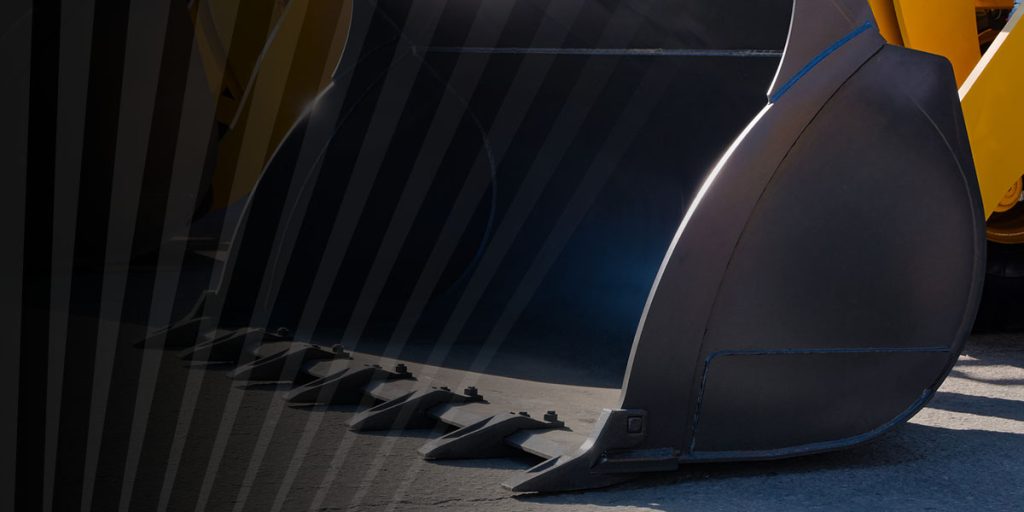
Do you need to repair your heavy equipment? Maybe you are stocking up on replacement parts for your next maintenance interval. Either way, you need to be sure you are getting a high-quality part that will fit your budget and your equipment.
Understanding the differences between aftermarket vs. OEM parts for heavy equipment can help you make the best decision.
What Are OEM Parts?
Original equipment replacement parts come from the same manufacturer who produced your equipment. They use a standard process for producing these parts, so you can count on high quality.
Most of the time, you will need to order OEM parts directly from the manufacturer or through your dealership. Some heavy equipment parts suppliers also sell OEM parts, so it is a good idea to scope out what is available near you before making a decision.
What Are Aftermarket Parts?
Heavy equipment aftermarket parts can come from virtually any company that is not the OEM, including established brands and smaller third-party manufacturers. You can order aftermarket parts from various sources, including online marketplaces and heavy equipment parts suppliers.
Having different potential suppliers can be an advantage and a disadvantage depending on how long you are willing to spend comparing your options. Working with a reliable heavy equipment supplier can take some of this burden off your shoulders so you can find the piece you need without having to worry about ending up with a dud.
Differences Between OEM and Aftermarket Heavy Equipment Parts
The most obvious difference between OEM and aftermarket parts is where they come from – OEM parts come directly from the equipment manufacturer, while aftermarket parts can come from any other company. Aside from the equipment source, though, there are several key differences you should be aware of.
Cost
Aftermarket parts tend to cost less than OEM components for several reasons:
- Brand recognition: OEMs can often get away with charging higher prices because they have an established brand behind them. Unknown aftermarket manufacturers lack this recognition, so it is harder to justify higher costs.
- Competition: Because there are so many aftermarket manufacturers competing for customers, they tend to price their parts lower than OEM producers.
- Production methods: The rise of inexpensive production technologies like 3D printing means aftermarket manufacturers can make their products quickly and cheaply, enabling them to keep prices low.
It is important to note that price does not always equal quality. Sometimes, inexpensive aftermarket parts can be even higher quality than the original component!
Quality and Performance
OEM parts are more reliable in terms of their quality than aftermarket parts simply because they come from the same company that produced your machine. If you like how your equipment runs generally, you can expect the same level of performance from a replacement part.
Aftermarket parts, on the other hand, are a mixed bag. Quality varies widely between manufacturers because there is no standardization or centralized oversight, so you could end up with a part that outperforms the original or fails within a few uses. Conducting thorough research into all your options can ensure you are getting a good deal.
Availability
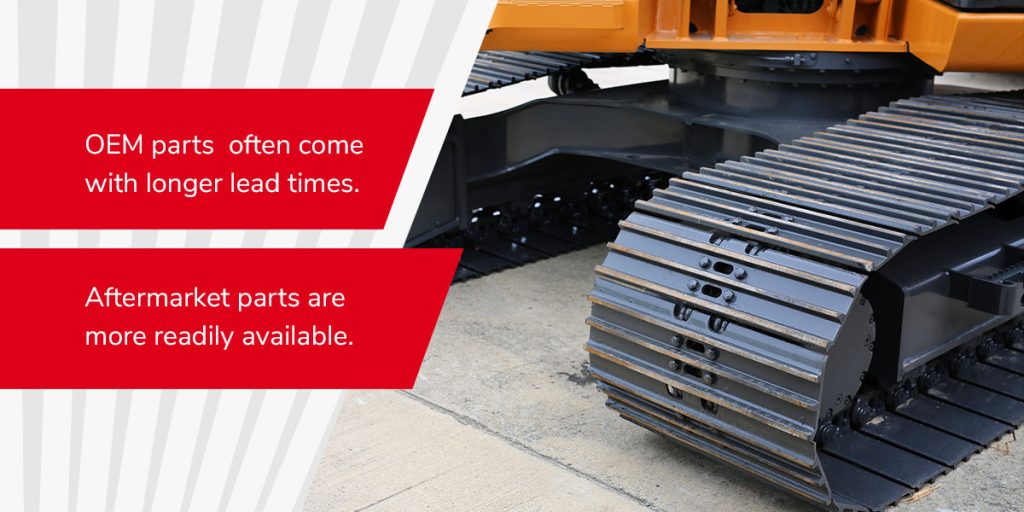
Because OEM parts are limited to only the original manufacturers, they often come with longer lead times. You may need to wait several months before receiving a part from your manufacturer. However, a supplier who keeps OEM parts in stock can usually help you get what you need much quicker.
Aftermarket parts, on the other hand, are more readily available. Not only do you have more places to source your parts from, they often take less time to produce. Lead times are shorter and it often costs less to ship them because you do not need to use expedited shipping.
Diversity of Options
When it comes to OEM parts, you are limited to what the manufacturer produces – an exact copy of the original component. While this consistency is excellent for sustained performance, some machine owners need their equipment to do more than what is possible using OEM parts.
Because there are so many third-party manufacturers in the market, you have a plethora of options with aftermarket parts. You can use this selection to your advantage if you want to make modifications to your equipment, or you can stick to what you know and look for a part that most closely resembles the OEM version.
How to Choose Between OEM and Aftermarket Heavy Equipment Parts
If you are stuck deciding between an OEM component and an aftermarket replica, running through these considerations can help you make the right choice:
- Equipment age: OEMs often stop producing parts after a specific period for older equipment models, which can make finding those parts significantly harder if you are not willing to go for the aftermarket version. On the other hand, aftermarket parts are usually harder to find for new equipment because manufacturers still need more time to develop products that mimic the OEM.
- Urgency: How soon do you need the part? If you need it right away, ordering from the OEM can result in downtime as you wait for the part to be delivered. Because aftermarket parts tend to be more readily available, a third-party brand might be your only option – or you can order OEM parts from a reliable heavy equipment parts supplier who keeps OEM parts in stock specifically for these situations, like Stewart-Amos Equipment Co.
- Customization: Many equipment owners who have highly precise needs will opt for aftermarket parts to expand the functionality of their machines. However, if you do not need any special capabilities, OEM parts will work just fine.
- Budget: Aftermarket parts rarely have the same brand recognition as their OEM counterparts, so they tend to be the more affordable choice for those operating on a tight budget. That said, you may also be able to find used OEM heavy equipment parts for a good price.
- Warranty and support: Most OEM parts come with a range of warranties and customer support plans, which can provide additional peace of mind knowing you are protected in the event of an emergency repair. Some aftermarket manufacturers also offer warranties, so it is important to research all your options.
Whether you go with an OEM or aftermarket part, it is best to purchase it during the off-season. Less demand for parts means you can get shorter lead times and lower costs than at any other time of the year.

